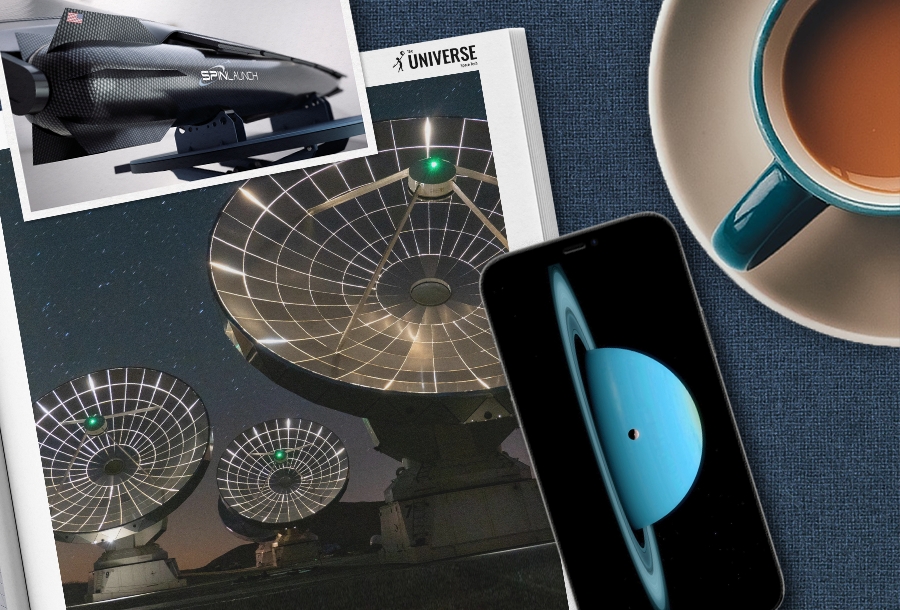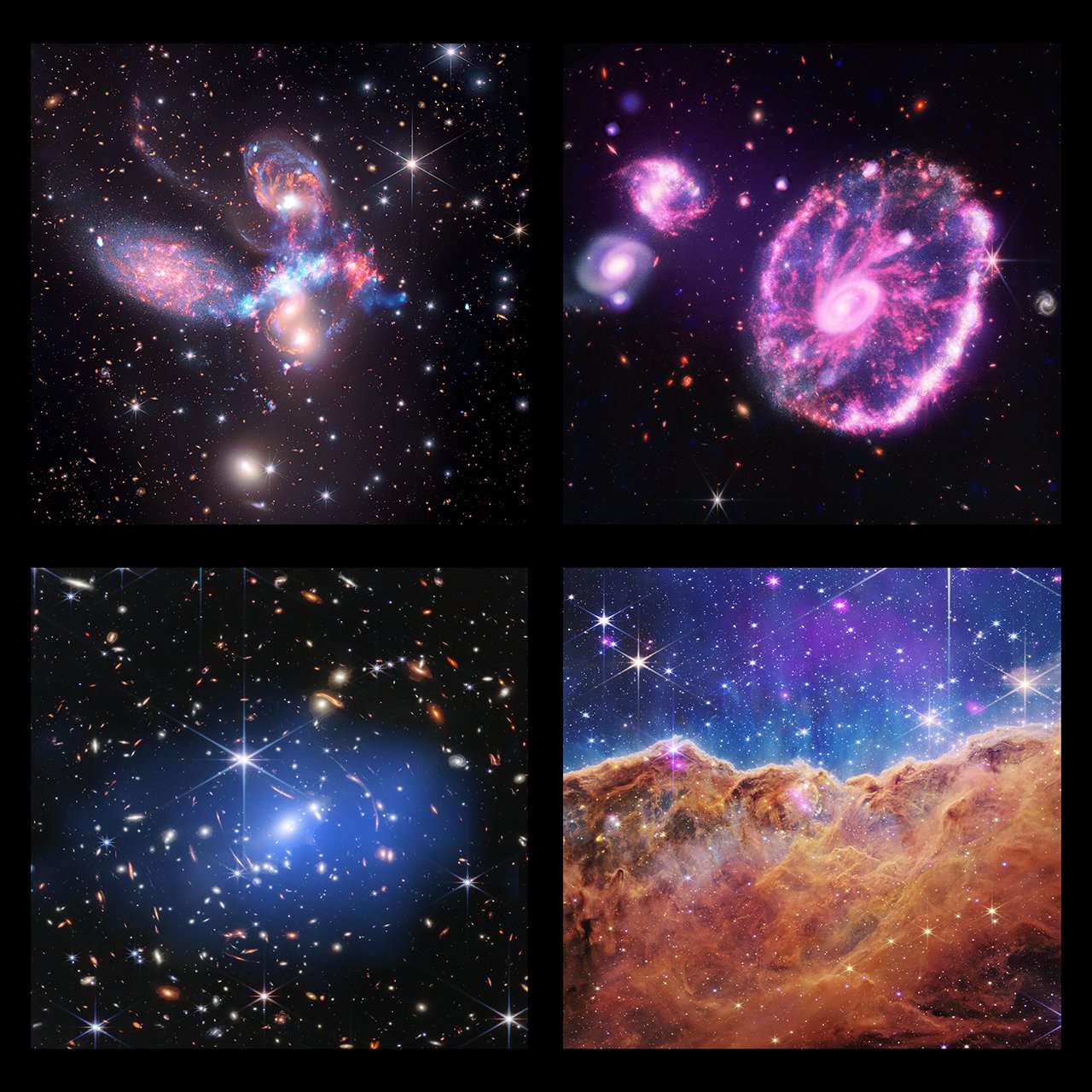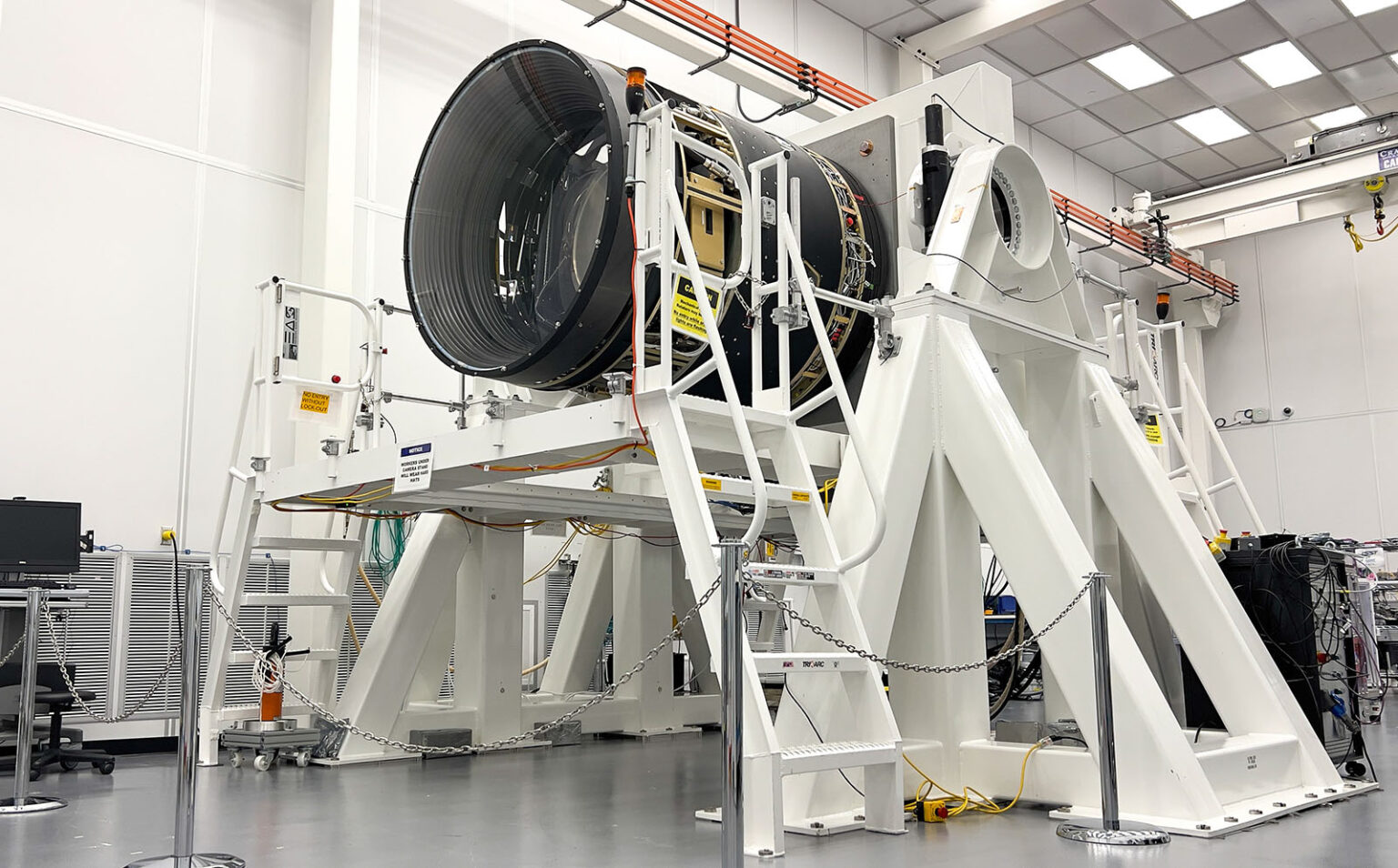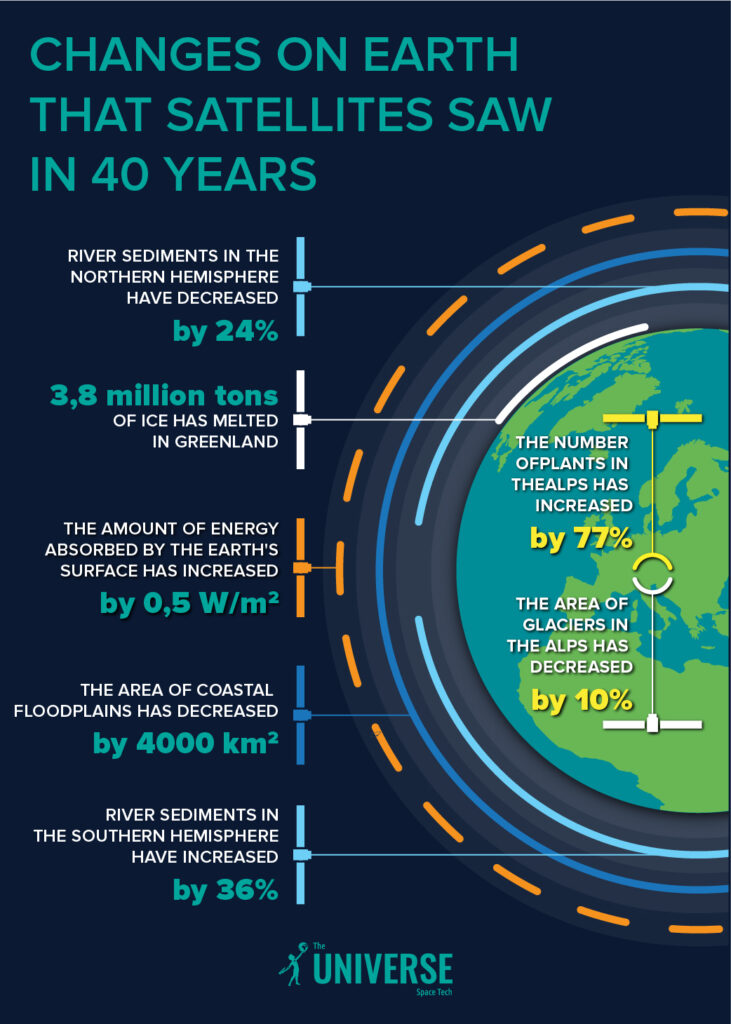Selection of the most interesting space news for the week: Scientists have built the world’s largest astronomical digital camera; NASA has abandoned the Airbus Sample Fetch Rover, and we tell how much private capital has changed the space industry and what climate changes are visible from orbit.

“Space is big. You just won’t believe how vastly, hugely, mind-bogglingly big it is. I mean, you may think it’s a long way down the road to the chemist’s, but that’s just peanuts to space”.
― Douglas Adams, The Hitchhiker’s Guide to the Galaxy
The US Air Force to build a space cyber range
The US Air Force Research Laboratory plans to launch four cubesats into space and create a separate control center for them and all the necessary structure for management. All this will be used as a cyber range to practice countering hacker attacks on satellites. The war in Ukraine has led to an increased threat of cyber attacks on satellites. The US military discovered that the principles by which they had so far built their communications in space were ineffective and decided to build a new more flexible system.
Special attention will be paid to cybersecurity and attracting commercial partners.
Viasat sells military communications network to L3Harris Technologies
Telecommunications service Viasat sells its Link 16 military satellite communications system to L3Harris Technologies. The agreement will be finalized in early 2023. Link 16 — один из самых прибыльных бизнесов Viasat. The division, which includes 450 employees, receives an annual profit of USD 400 million. This represents approximately 35 percent of the total revenue of the entire Viasat Government Systems. L3Harris Technologies is one of the most important defense contractors of the US Department of Defense. Its annual turnover is USD 17 billion.
It is not known whether this decision is somehow connected with the war in Ukraine, but it was the Viasat terminals used by the Ukrainian Armed Forcesthat were cyber attacked at the very beginning of the large-scale invasion.
Scientists proposed a new theory of why Uranus “lies on its side”
Scientists have proposed a new explanation for why Uranus has an orbital inclination of 98 degrees.It moves in its orbit as if rolling on its side and rotates in the opposite direction from all other large bodies of the Solar System. Such a strange situation is usually explained by the collision of a planet with some large body.
Only recently, another group of scientists published a study according to which the migration of Saturn’s largest moon Titan, the precession of its axis and the large moon that existed more than 100 million years ago are connected into a single whole. With this in mind, the scientists decided to check whether a migration similar to the one that occurs with Titan could lead to the fact that Uranus is now “lying on its side”. It turned out that in order for the axis of rotation of Uranus to tilt by 98 degrees, it is enough to migrate a moon with a mass only two times smaller than the Moon.
The SpinLaunch space cannon brought the “satellite” to an altitude of 7.6 km
NASA will soon be launching its satellites into low Earth orbit thanks to a recent partnership with a startup working on a giant SpinLaunch space cannon in the form of a centrifuge. SpinLaunch recently completed ten successful tests of its suborbital kinetic accelerator.
During tests at the end of September from the Spaceport America base located in the Hornada del Muerto desert in New Mexico, the startup’s space cannon launched a capsule with a payload, including a camera, into the sky at an altitude of 7,600 meters. This demonstration helped illustrate how “alternative” launch technology could send satellites and other objects into low Earth orbit or beyond in a cheap and environmentally friendly way.
NASA abandoned the Mars rover Sample Fetch Rover from Airbus
Four years after NASA signed a contract to build a four-wheeled Sample Fetch Rover, the agency announced that it was no longer needed. The British project thwarted the unexpected success of the Ingenuity helicopter, which arrived on the Red Planet in 2021 together with Perseverance. Flights in the atmosphere of Mars inspired the space agency to design a similar aircraft to perform the same task of collecting samples.
Photo of the week

NASA published a series of JWST images, which were supplemented with data from the Chandra X-ray Observatory. On them you can see a lot of new, previously unknown details. The first photo shows Stephan’s Quintet — a group of five galaxies located in the direction of the constellation Pegasus. In the second photo, you can see the Cartwheel Galaxy. The third photo is dedicated to the galactic cluster SMACS 0723. The fourth image is dedicated to the Carina Nebula.
Interesting figure — 3200 megapixels

Researchers from the SLAC laboratory have almost completed the creation of the Legacy Survey of Space and Time (LSST) camera after seven years. This is the world’s largest digital camera ever built for astronomy. The dimensions and weight of the camera are impressive: it weighs three tons, and is the size of a small car. It needs such dimensions to accommodate a 1.57-meter lens and a digital sensor with a resolution of 3200 megapixels. It is worth noting that this lens has already entered the Guinness Book of Records. Moreover, there is a device on board the camera to cool the camera to -100 °C to reduce distortion. The camera is able to capture more than 40 times the area of the full moon in the sky.
Something to read on the weekend

This week the whole world celebrates World Space Week. The theme of the World Space Week in 2022 is “Space and Sustainability”, which focuses on achieving sustainability in space and achieving sustainability on Earth through the use of space-related technologies. Every day from October 4 to October 10, a new thematic article is published on our website. We recommend you to read them all, and start with “How private money changed the space industry” and “5 climate changes that can be seen from orbit“.
Follow us on Twitter to get the most interesting space news in time
https://twitter.com/ust_magazine

